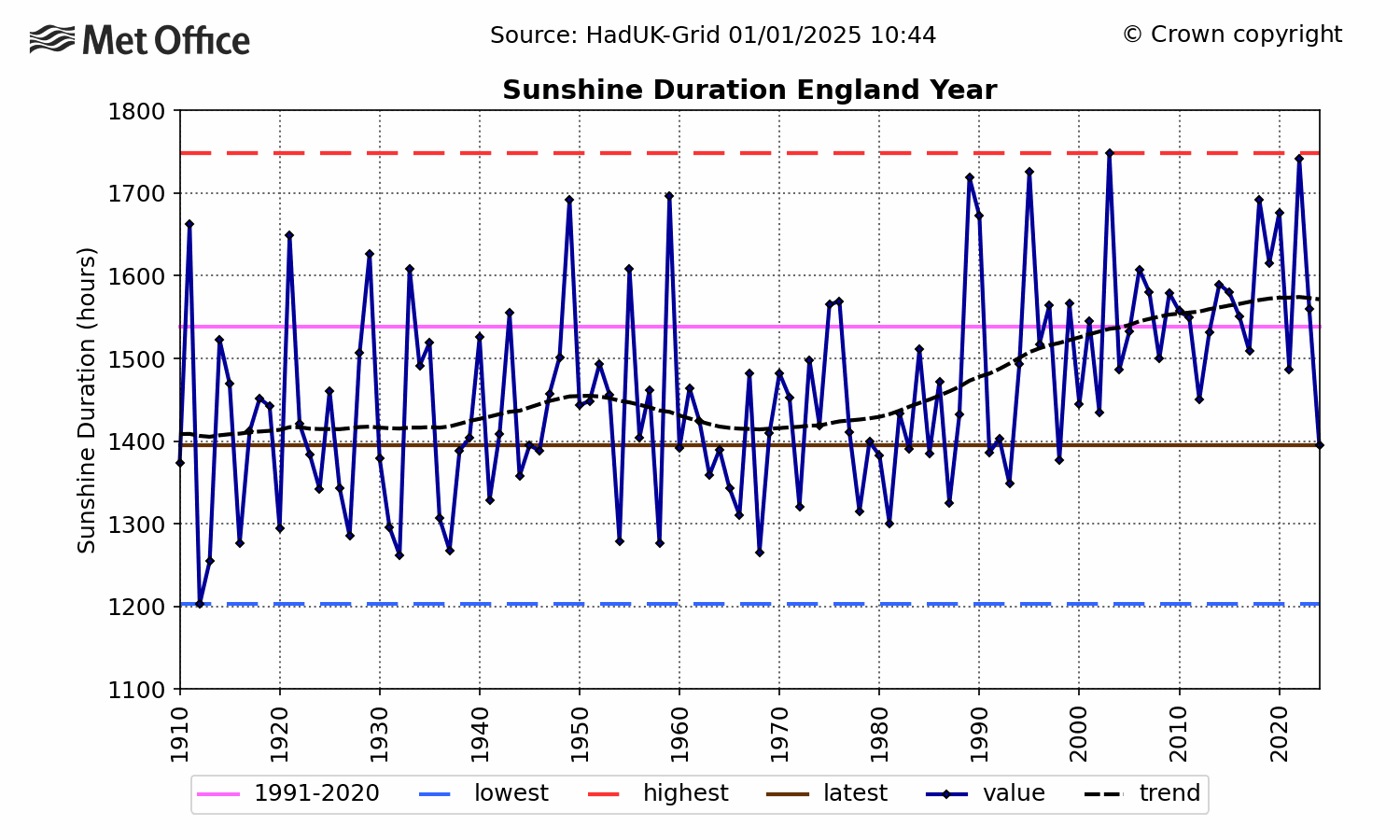- Joined
- Jan 28, 2013
- Messages
- 94,823
- Reaction score
- 28,342
- Location
- Williamsburg, Virginia
- Gender
- Male
- Political Leaning
- Independent
lol
Now you're linking to 3-month old articles from a climate denier think tank? Or is this your idea of "influence on scientists?"
View attachment 67231536
It's a fine article.





